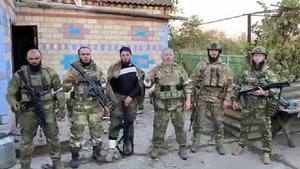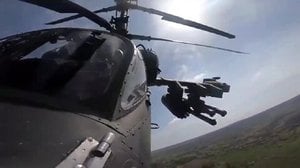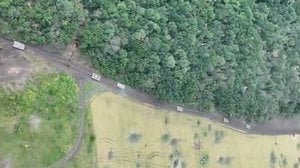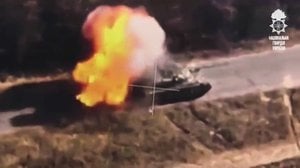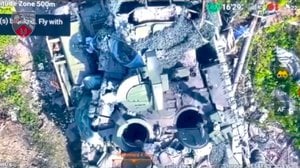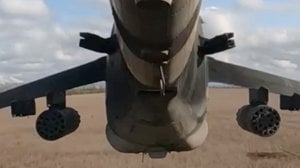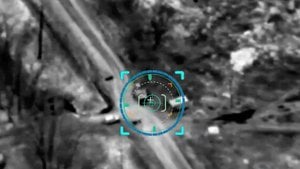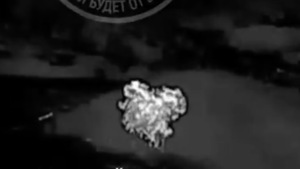
Lancet Drone Strikes Ukrainian BM-21 Grad
Published 1 years ago
Russian released Lancet loitering munition footage and footage from the drone flying reconnaissance for the attack shows an impact against a Ukrainian BM-21 Grad. The results appear to be a direct hit, however the effects are not known.
This is pretty much the modus operandi for Russian forces when conducting a Lancet strike. They send a reconnaissance drone forward to spot armor from a safe distance, then deploy a Lancet loitering munition to hunt the target. The reconnaissance drone stays on station above the target until the loitering munition itself can make impact.
The only major difference in these releases that I have noticed after watching easily over several thousand of them is in the efficacy of the attack. If they achieve total destruction, a full battle damage assessment is released with the strike. If the crew disembarks from the vehicle and abandons it, they will also release that footage as well. In the case of a successful hit that does not result in total destruction or the vehicle being abandoned however, only footage up to the strike itself is released for public consumption.
Take that information for what it's worth. Over the last 60 days I've probably seen 300 of these strikes. A good majority of them look like this, however the weapons do appear to be getting more effective. I still hold onto the idea that if the Lancet were a weapon system in Battlefield 3, it would only do 35 damage to armored vehicles.
About the Author

Josh Brooks
Josh is an American writer and former USMC machine gunner with eight years of experience in ground combat arms throughout the GWOT. He is currently based in Texas and specializes in combat footage analysis and digital marketing.Follow Josh at OfficialJoshBrooks.com


